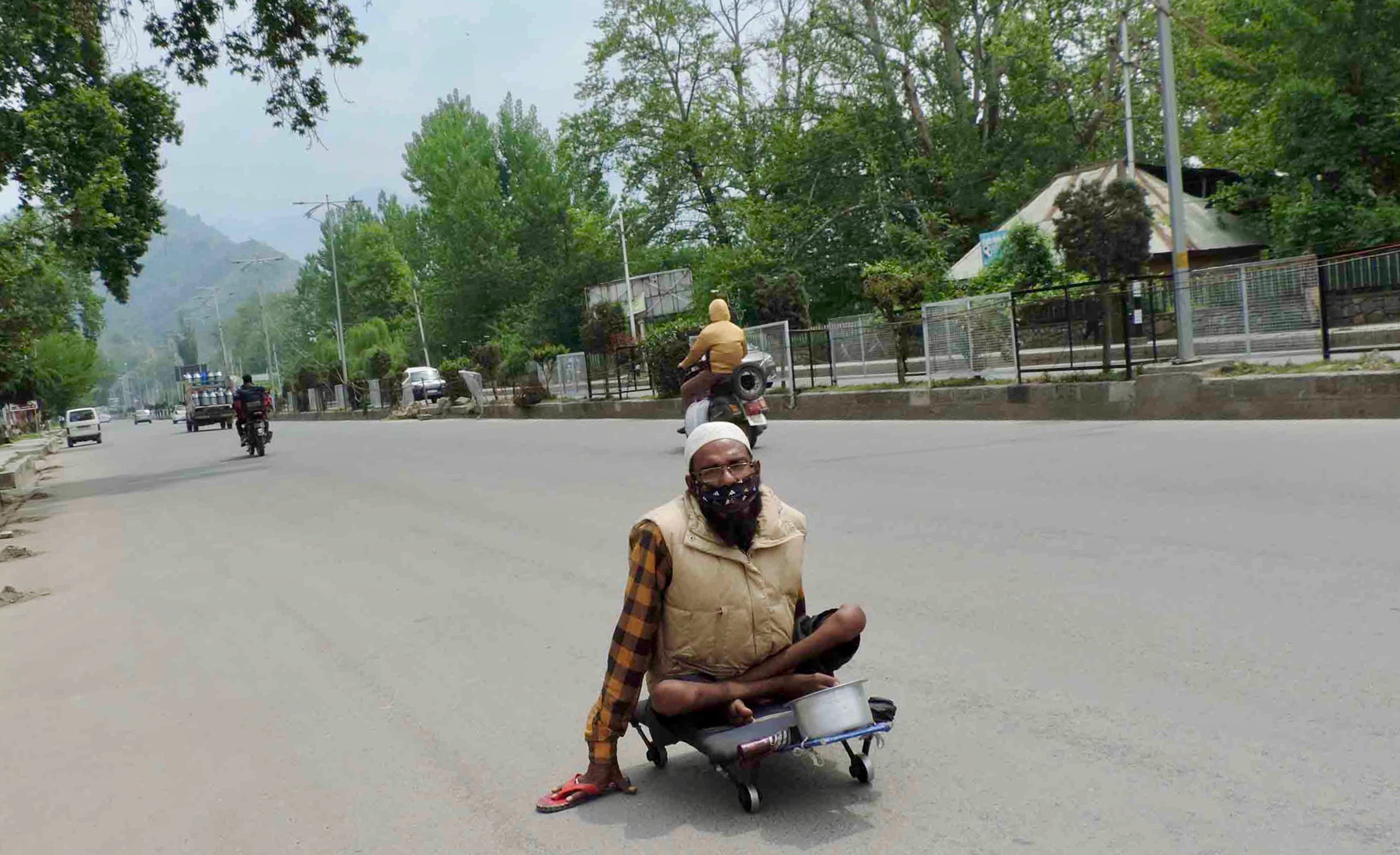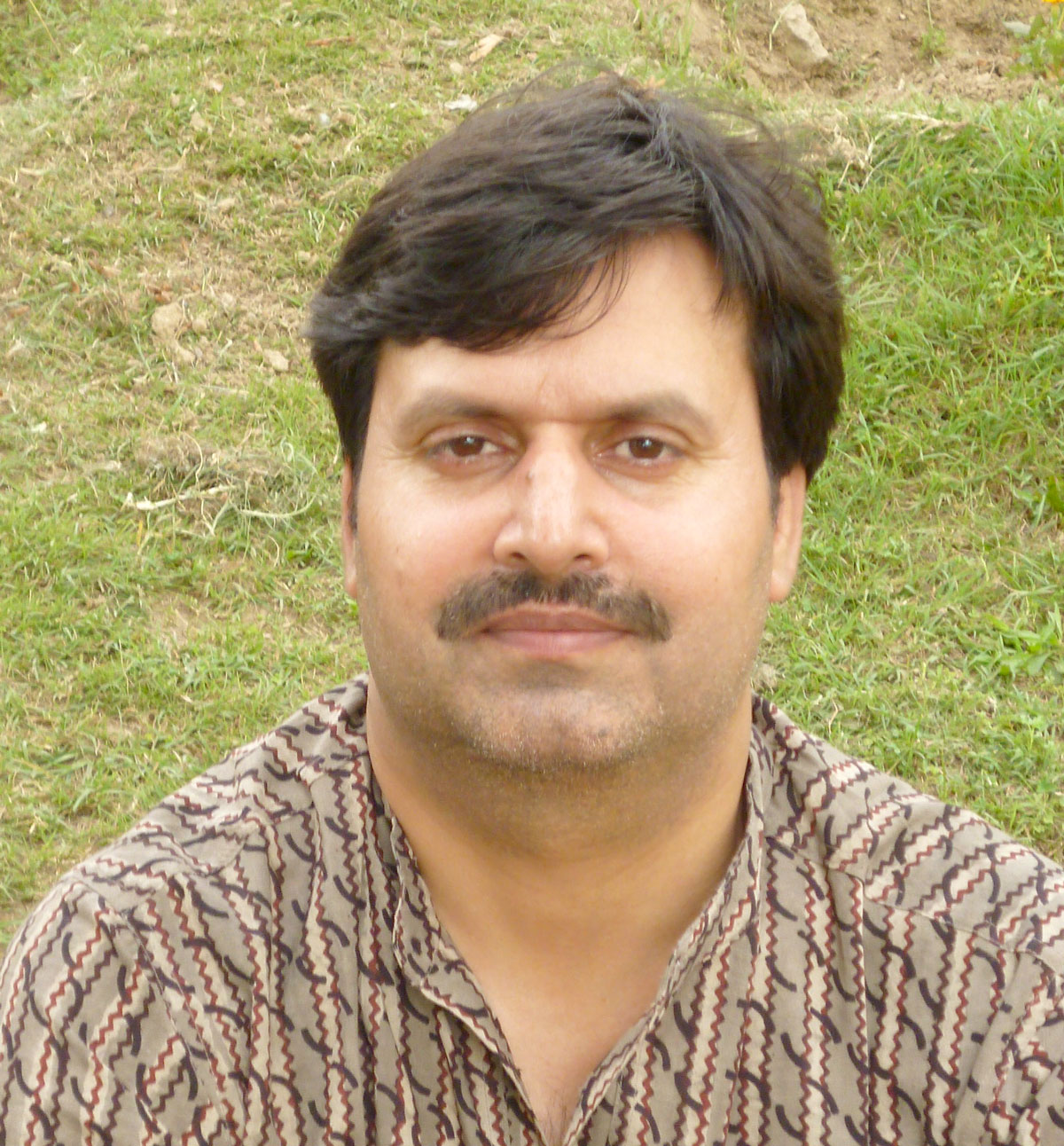by Riyaz Wani
A recent runaway surge in coronavirus cases temporarily threatened to plunge Jammu and Kashmir into the same chaos as was unfolding in Delhi through March and April. At over 5000 cases a day in April, Kashmir had cases almost equal to the number in Pakistan, a country with 21 times more population. This was a troubling state of affairs. At one point, there was a 700 per cent rise in the cases in just four weeks. And any further spike could have overrun the health facilities.

The administration, on the contrary, was blamed for aiding the all-encompassing second wave in its bid to project normalcy in Kashmir following the withdrawal of autonomy on August 5, 2019. It was accused of encouraging thousands of tourists and the locals to visit Srinagar’s famous tulip garden and also organizing cultural festivals, music concerts, fashion shows, tourism promotion activities, all part of a coordinated effort to show things are hunky-dory. This, at a time when the second wave was fast spreading at places from where tourists were coming.
As it turned out, this flaunting of normalcy by the administration in the middle of a pandemic took a heavy toll on the health of the people. We passed the peak of last year, five times over.
Return To Basics
On April 18, in a belated yet cosmetic effort to address the new surge, the administration imposed the night curfew. But the problem with this measure was that the conflict-ridden region has no nightlife for the past three decades. Markets close at 8 pm and the streets become deserted. This was soon followed by a strict lockdown, which has since been continuing without any let-up. And this is once again wreaking havoc with the businesses and leaving thousands of people unemployed.
Tourism in Kashmir is one of the sectors that has been hit the hardest. Already reeling from over two years of constant disruption, the resurgence of the pandemic has made the prospect of a revival of the sector even bleaker.
Relief
This has prompted the administration to announce a Rs 3 crore relief package for the people employed in the industry. According to the package, Rs 2,000 financial assistance will be provided to registered shikara owners, tourist guides, ponywalas and others, including those who rent palanquins for yatris. The money will be paid for the next two months to tide over the peak of the ongoing wave.
But as is apparent this money is peanuts and will hardly compensate for the massive loss due to the absence of tourists. Given its ferocity, the second wave is likely to last until early autumn. And until then the Covid19 related restrictions would not only kill the revival of tourism but also crush the other businesses, leaving once again a large number of people jobless.
Rethink
This is why the government needs to think for the longer term and prepare in advance for the coming three months. One question to ask would be if continuing the lockdown would be in the interest of the already battered economy. And whether denying people a chance to earn a livelihood wouldn’t be a cure worse than the disease? There is a large section of people living at the bottom of the pyramid who have largely been without employment over the last two years. Their savings have already been depleted. For example, the transporters: the drivers and conductors have now very little to survive on. This includes also the people associated with tourism.

So, while the government plans ahead, it has to take this reality on board. If the lockdown can’t be done without, the administration has to come up with a reasonable economic package that at least takes modest care of the people rendered without livelihood as a result.
Package Required
A reasonable economic package needs to be complemented by a strategy to address the second Covid wave. This calls for the administration to think innovatively. We need a dual strategy comprising strict enforcement of the Covid19 protocol in the public sphere and the involvement of the ordinary people in the effort. Let each individual be a frontline warrior in the fight against the pandemic. It is only when there is sufficient awareness and understanding of the challenge facing us at the level of an individual, can we really hope to turn the corner.

Kashmir is a region with a thin population density, so it shouldn’t be difficult to rope in the cooperation of the people in what is turning out to be an existential battle of another kind. Already, people in Kashmir have been largely under siege for the last two years. This has battered the economy. So, the government can’t and shouldn’t go on curbing the public movement as an easy recourse to tide over the ongoing crisis.
Resorting to more longer-term lockdown will be suicidal. It will be tantamount to further pauperizing the people. More so, when there’s now a big question mark over the beneficial outcome of such a draconian measure. Also, with all the community transmission having long set in, the contagion has long outgrown the utility of a lockdown to address it.















